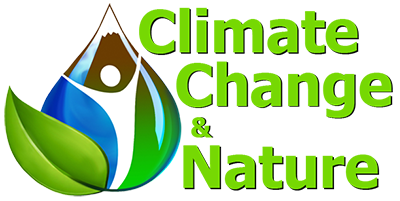Would the climate be warming without humans?
Image: Joseph Chan
Fig. 2: The blue line shows that with all the natural climate forcings combined, the planet should be slightly cooling. The red line shows that human factors far outweigh this cooling, even when volcanic eruptions lead to short drops in temperature. NOTE: not all areas of the planet are warming equally. The Arctic and Antarctic are warming much faster that the tropics. On average, the land surface of the Earth is about 5C warmer, and the ocean (which covers 70% of the surface of Earth) are about 0.5C warmer (IPCC, 2021). (Image: Carbon Brief)



